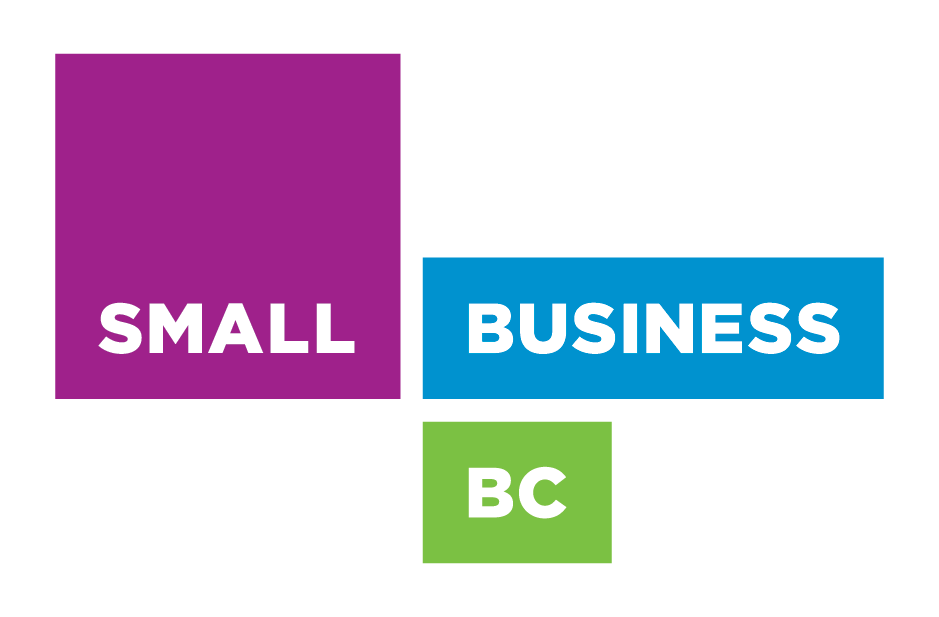Right of way means the privilege of the immediate use of the highway over other users. We often speak of it, but do we really know what it means in relation to our driving? It is crucial that drivers know and follow the right of way rules to avoid conflict and collision.
It’s Not Just You
In discussions that I have had about right of way, drivers tend to approach it from the point of view of “other road users must allow me to (insert action being discussed here).” While that is true, if taking the right of way results in a crash, the driver with the right of way can still be held accountable.
Right of Way in the Motor Vehicle Act
Part 3 of the Motor Vehicle Act, which sets out the rules for vehicle and pedestrian movement, contains 35 references to the phrase “right of way.” The majority of them relate to intersections controlled by traffic signals. They specify who goes first in various situations and generally grant priority to pedestrians over all vehicles, if the pedestrian is following the pedestrian rules properly.
These rules must be learned when you start to drive and kept in mind to be followed thereafter.
B.C.’s Safe Driving Guide
If you are not a legal scholar, reading the MVA can be confusing. Our provincial driving manual Learn to Drive Smart devotes 4 pages to explaining right of way in chapter 4 starting on page 43. It is easier to understand.
Knowing when to go and when to yield the right of way to others will keep us all safe on the highways.
Yielding to the Right
In places on the highway that are not controlled by a sign, signal or other marking, we generally must yield to the traffic on our right. In the case of an uncontrolled intersection the fact that one way is more heavily travelled or a straighter path does not grant right of way over the yield to the right concept.
Emergency Vehicles and Buses
There are special circumstances mentioned in this part as well. Yielding to emergency vehicles and buses displaying the yield sign in areas with speed limits of 60 km/h or less are two common situations.
Pedestrians
While there are right of way rules that govern the interaction between drivers and pedestrians there is one overriding concern for drivers: exercise due care to avoid colliding with a pedestrian who is on the highway.
Important Thought
Remember, right of way is given, not taken.
Story URL: https://www.drivesmartbc.ca/right-way/right-way
-- Tim Schewe Road Safety Advocate DriveSmartBC.ca













